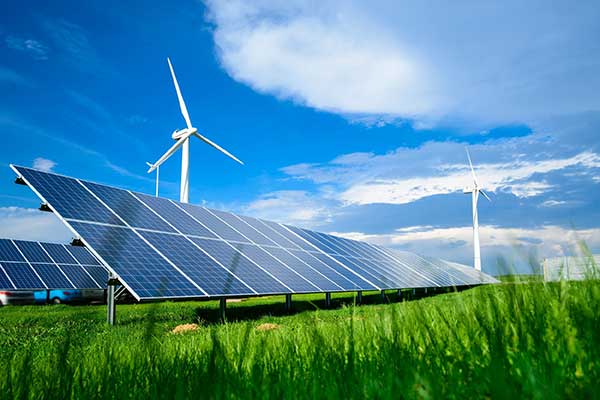This post is going to cover some of the basics of alternative energy production that will replace the fossil fuel burning that has gotten us into this mess.
Renewable energy is defined as energy generation that does not deplete its source. Solar and wind, being the two most notable examples of renewables, do not reduce the amount of sunlight or wind.
Fossil fuels, on the other hand, deplete the amount of available fuel. Though we have a lot of it, raw petroleum, gas, and coal are finite resources that cannot last forever. We would likely run out of fossil fuels by 2060 if we continue at current rates. We could find more pockets of fuels and stretch reserves, sure—but we will surely run out by the end of the century.
In this case, a demand for a more diversified energy grid is needed by that time.
Of course, that would be the case if the emissions from fossil fuels weren’t already drastically changing the Earth’s climate, putting human lives and ecosystems at risk.
Therefore, let’s take some time to get a better understanding of the replacements of fossil fuels.
Solar Power
Unfortunately, we already lost the race to solar power. By a few million years, too. We lost to plants—how embarrassing!!
Photosynthesis is one of the most remarkable innovations nature has found. By absorbing sunlight, it can inhale carbon dioxide, split off the carbon for consumption, and exhale oxygen.
Scientists are still trying to crack the details of this process, but we already know enough to take a shortcut: photovoltaics.
This scientific discipline of photovoltaics (PV) uses physics and photochemistry to convert light energy into electricity. Solar PV uses the giant burning ball of gas in the sky we call the Sun to add power to the grid.
The Sun is an immaculate power source. It’s always on, releases a fairly consistent stream of energy, and it isn’t going anywhere, anytime soon. Even if it did go away, losing solar power would be the least of our concerns.
The Science
Solar panels work via a process discovered by Albert Einstein, the photoelectric effect. See, when a light source turns on, it emits packets of light energy called photons. Photons—part particle, part wave—travel through space at well-defined energy levels, each having a corresponding wavelength. When a photon comes in contact with certain metals, if the photon’s energy is higher than the energy it takes to keep electrons bonded to the metal’s atoms, it ejects the electron.
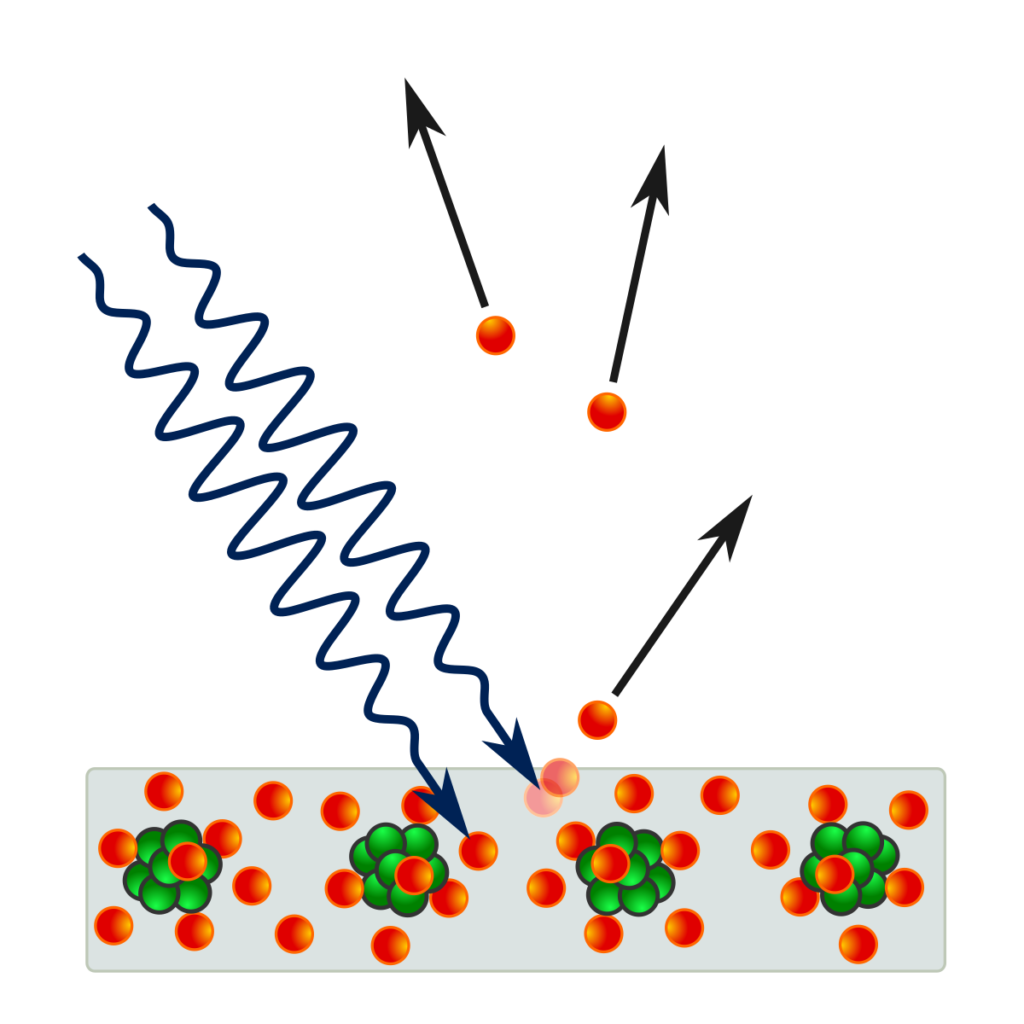
The loosened electron can knock other electrons loose as well, or, in the case of solar panels, be directed toward a positively charged material.
Inside a solar panel, there are two main layers (in most solar cells they use a p-n type junction, for a more detailed explanation, click here), an electron-rich side, and an electron-poor side—also called ‘holes’ since electrons would fill those holes. When sandwiched together, the electrons and holes meet, and an equilibrium is reached.
When exposed to sunlight, the photons kick electrons from their holes and create a build-up on one side, and a build-up of holes on the opposite side. When a wire is connected to both sides, the electrons rush to fill the holes, creating a current for electricity to be generated.
Once hooked up to the grid, solar panels can supply a sustainable and reliable source of power, but only while the sun is shining.
Problems
The biggest issue with solar is twofold—one is that it can only produce energy while the sun is up. During the early morning and late evening, when electricity demand is peaking, most solar panels are dwindling in their generation.
The other problem is that when the sun is shining, solar panels generate more power than what the grid typically needs, since during the day, demand is low.
Luckily, the solution is also two-fold: energy storage. Storing the surplus energy solar produces for it to be doled out when needed is paramount to making it a cornerstone in our energy future.
By taking the excess energy, it can be dolled out when needed or stored safely for long periods of time. Whether we use lithium-ion batteries, pumped hydro storage, or another mechanical form, this solution can easily make solar energy a front-runner for how we will solve the climate crisis.
However, there are still more complications.
The widespread installation of solar panels on rooftops and parking garages has started a great trend for home and property owners toward energy independence. Along with solar farms, a panel on every feasible house can easily hit the goal of solar dominance. But, what happens when the already present effects of climate change, like worsened storms, start wiping out solar panels and farms?
The waste problem of any renewable drags down their exalted popularity. For the predicted ubiquity of solar panels in 2050, their waste is expected to be 5.5-6 million metric tons, about the number of current installations. Since PV panels have 25-30 years before they are decommissioned, 2030 will be the first major wave of solar panel waste.
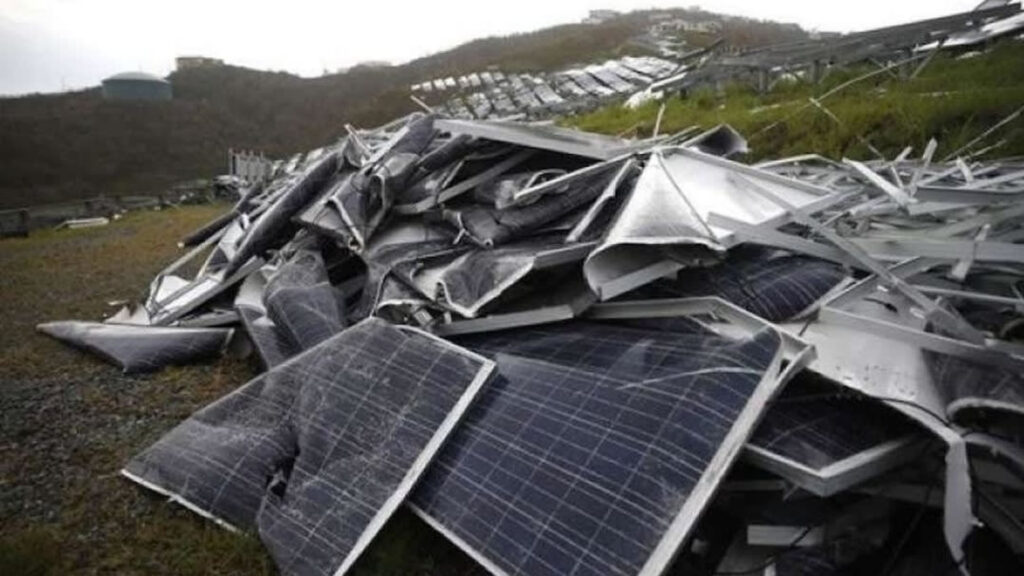
In addition, the slight changes in global temperature year-to-year—however small they may be—will degrade the panels faster.
A new economy will have to be developed to deal with the removal, replacement, and recycling of these panels if we have any hope in combating this waste problem.
This isn’t a hit against Solar Energy, just important information to keep in mind.
Wind Energy
Must simpler than Solar, Wind energy relies on the changes in air pressure to drive air particles into giant fan blades, connected to a turbine. When the turbine spins, it creates a current and electricity is generated.
Also, reliant on the Sun, Wind energy utilizes the uneven heating of the atmosphere for the wind to blow over the blades, pushing them around.
However, there is a physical limit to how much energy a wind turbine can produce. According to Betz’s Law, no turbine can capture more than 60% of the wind’s kinetic energy.
That’s pretty high compared to Solar’s average of 30% efficiency. But most commercial wind turbines only reach 75-80% of Betz’s limit, clocking them in at about 50% efficient.
Similar to Solar at night, when the wind isn’t blowing, the giant fans act as very expensive decorations for a crazy knight on a donkey to yell at.
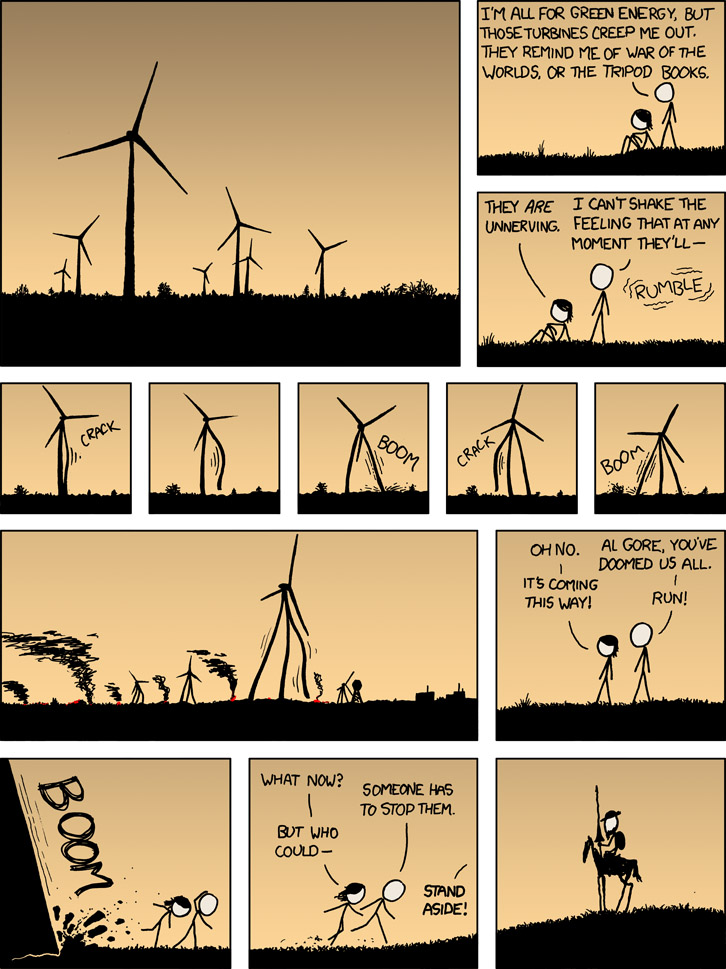
As well, when the wind is blowing, it has the potential to overload the grid and create problems. Again, needing the assistance of storage to make this generation method a complete solution.
Offshore wind farms are another great application since most of the demand in the US comes from coastal areas. By offsetting the turbines away from land, which creates more friction for the wind and slows it down, offshore wind farms are more efficient than onshore farms.
As of 2022, only 42MW of power was generated from offshore wind, but the Department of Energy estimates that by 2040, nearly 40,000MW will be made by offshore wind.
Similar Problems
Since Wind also needs storage, it falls into the same trap of Solar: resource management. For the extensive use of lithium-ion batteries needed to round out renewable energy dominance, much more lithium needs to be mined.
Lithium, the lightest metal, is pretty common throughout the world, but its most productive mines are found in the southern hemisphere, notably in Chile, Argentina, Brazil, and Australia. Though we can suspect unruly conditions and poor worker treatment to exist at these mining sites, we also have to consider the lithium poisoning that will no doubt take place since lithium is dangerous to humans in large quantities.
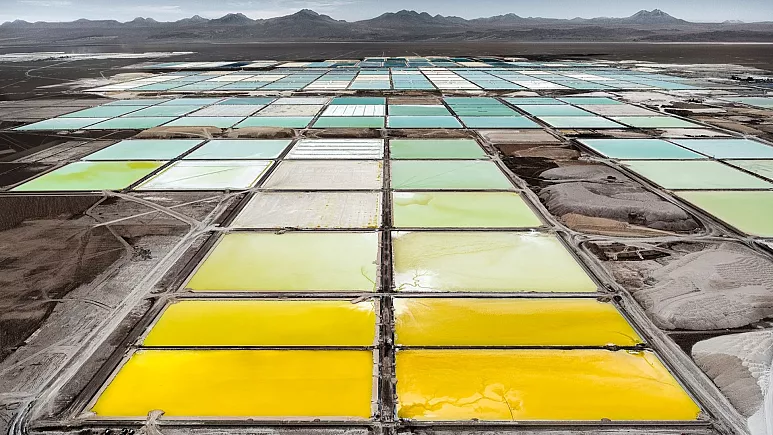
Additionally, the waste problem also takes its toll on Wind Energy, as turbine blades are the most likely parts to fail. Severe weather events, again worsened by future changes to the climate, have the potential to ruin turbine blades at an increased rate. These hits to a wind energy-dependent grid sector can knock out power generation and require repairs that can take weeks (also worsened by the fact that we get a majority of turbine parts from European manufacturers).
A buildup of defunct blades—and solar panels—can cause serious problems down the road without robust recycling methods and a cyclical economy.
Other Generators
Though I wanted to focus mainly on Wind and Solar, there are other renewables that have great potential.
Water
Hydropower is the country’s oldest renewable. Counting on the natural flow of water, dams and hydroelectric plants pass rushing water over a turbine to create electricity. The main issue is that is very underutilized—only 3% of the nation’s dams generate electricity. Another important issue to note is that in 2021, there was a 0.4% decrease in hydropower generation, despite capacity growth, due to droughts. In a world where drought will become more common, there’s a chance hydropower is weakened.
Geothermal
Though the US generates more Geothermal energy than any other country, its sites are very limited. For Geothermal plants to generate electricity, a few conditions must be met, but only a few sites do. Pipes are drilled down into areas where the Earth’s mantle or other geological activity heat rocks up to a high temperature. Water pumped through the pipes is boiled, made into steam, and passed over a turbine to make electricity.
Since sites aren’t common, there has also been technology to enhance sites that are shy meeting all criteria, making this source more reliable. Here, the issue rides on the reliability of the relevant conditions. Though, it is hard to say how climate change could affect a source that is so far from the surface.
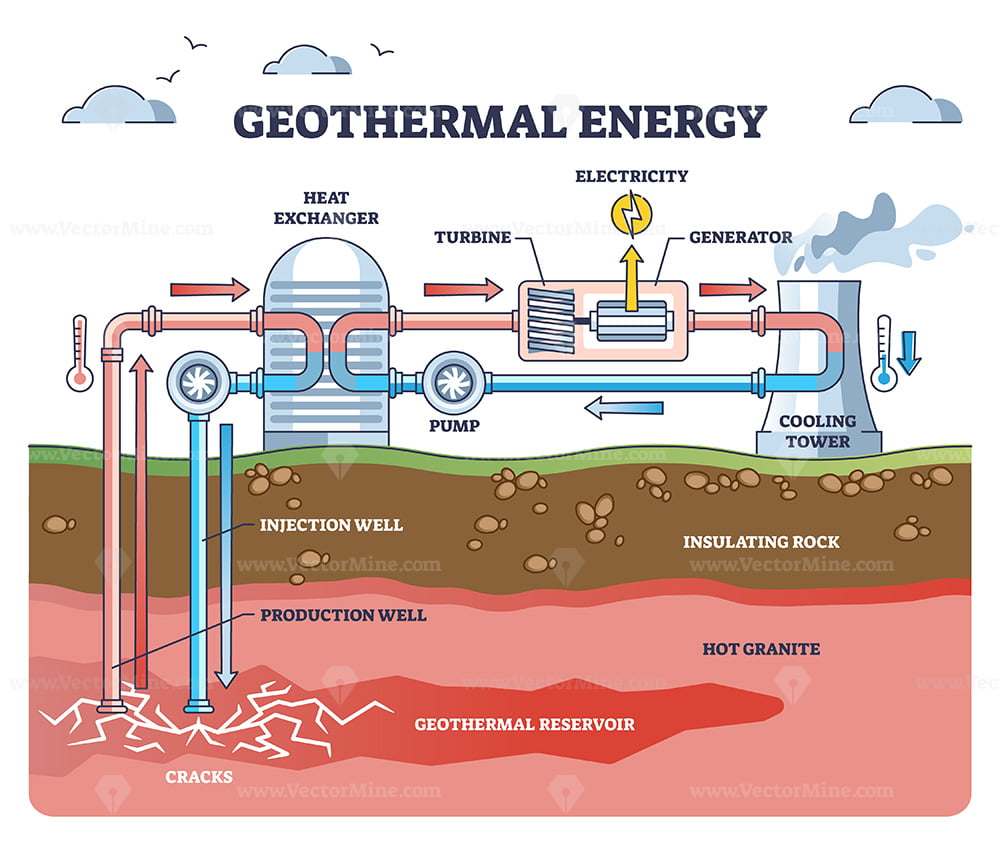
Conclusion
Though there are issues with each generator, I hope you can understand that each of them is still far, FAR better than anything produced with fossil fuels. The issues can be mitigated with the same determination that will get them to be widely used.
Steering away from pollution not only helps to restore the planet, it creates a more reliable energy grid that we can all depend on to keep our fridges cold and our ovens hot.
Bonus Maps!
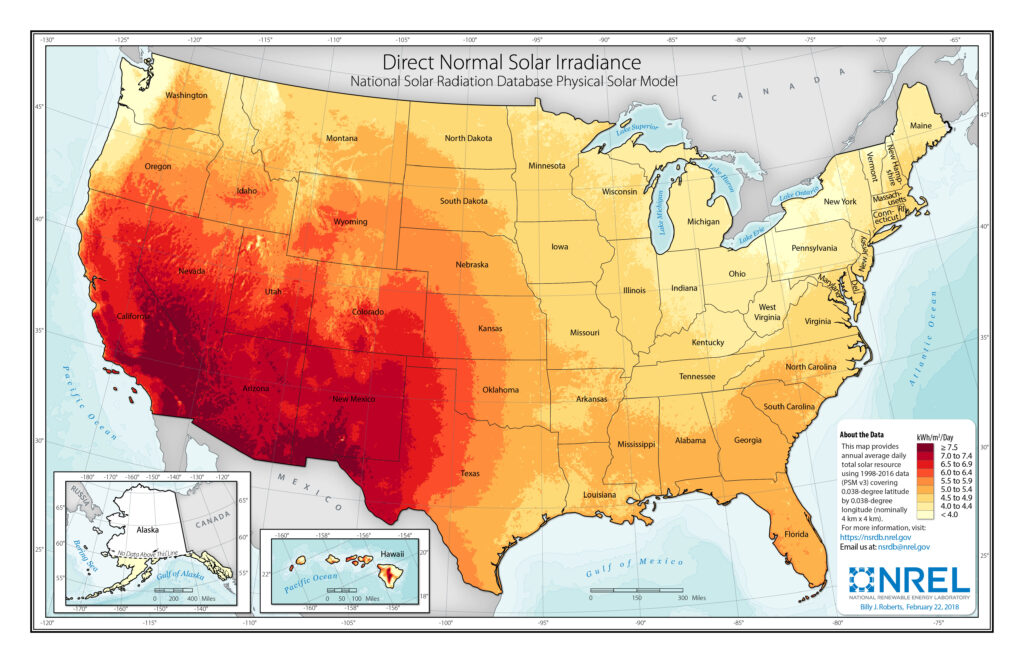
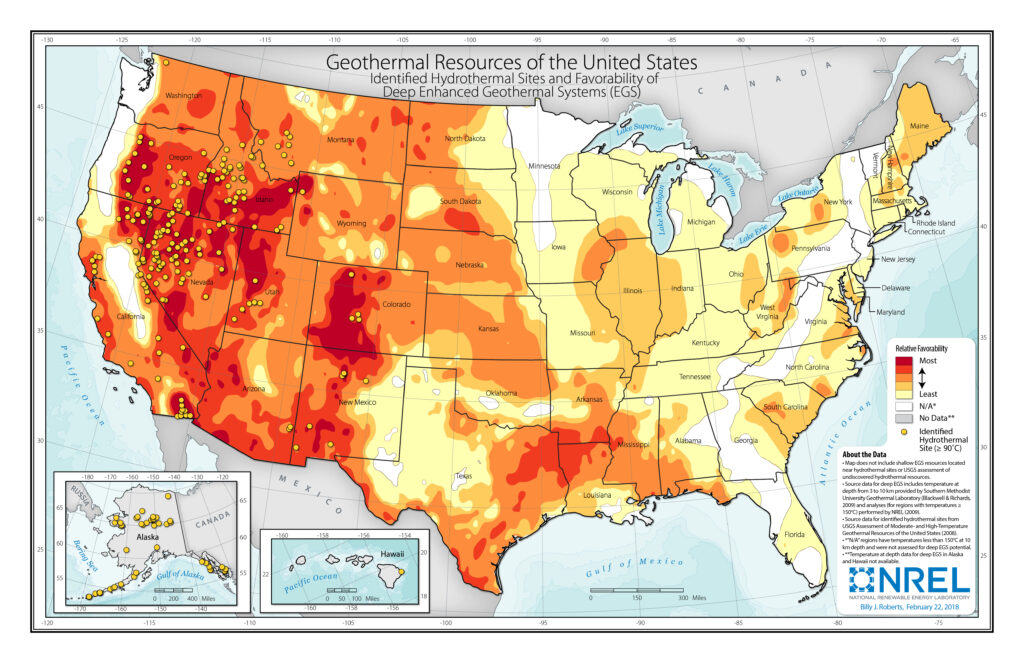
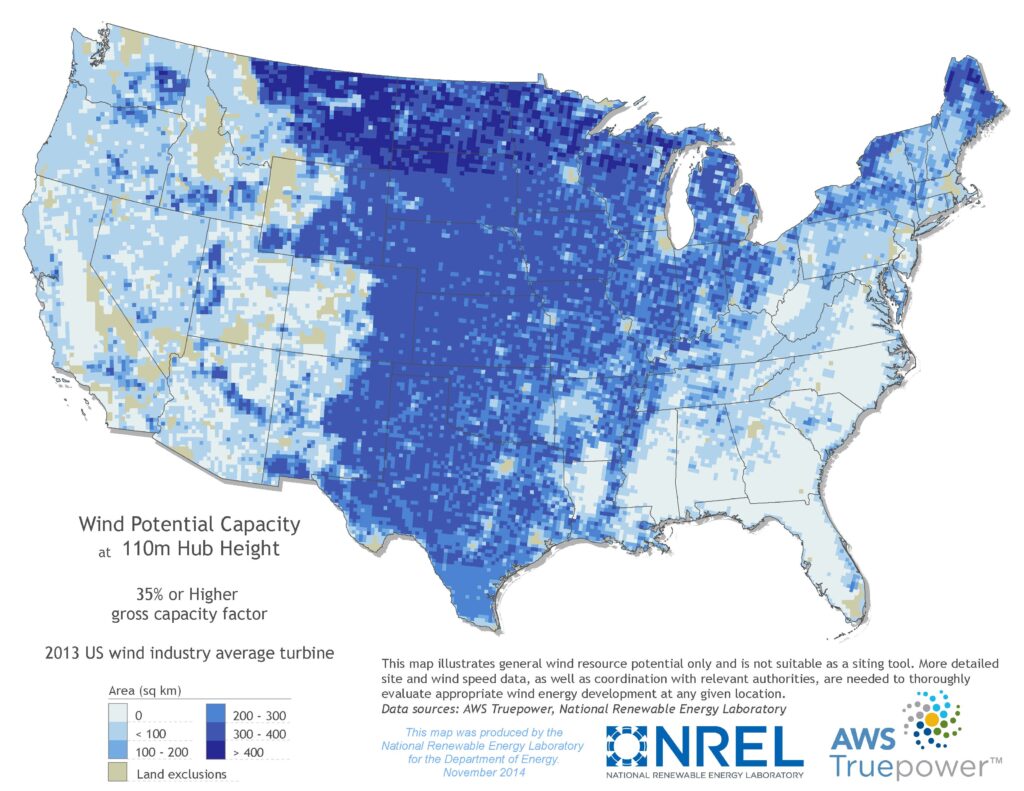
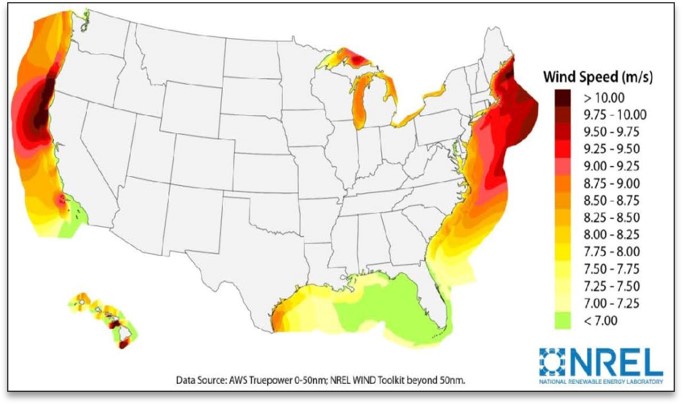
If you want to make a difference in climate change now, here are some easy things you can do right now.

